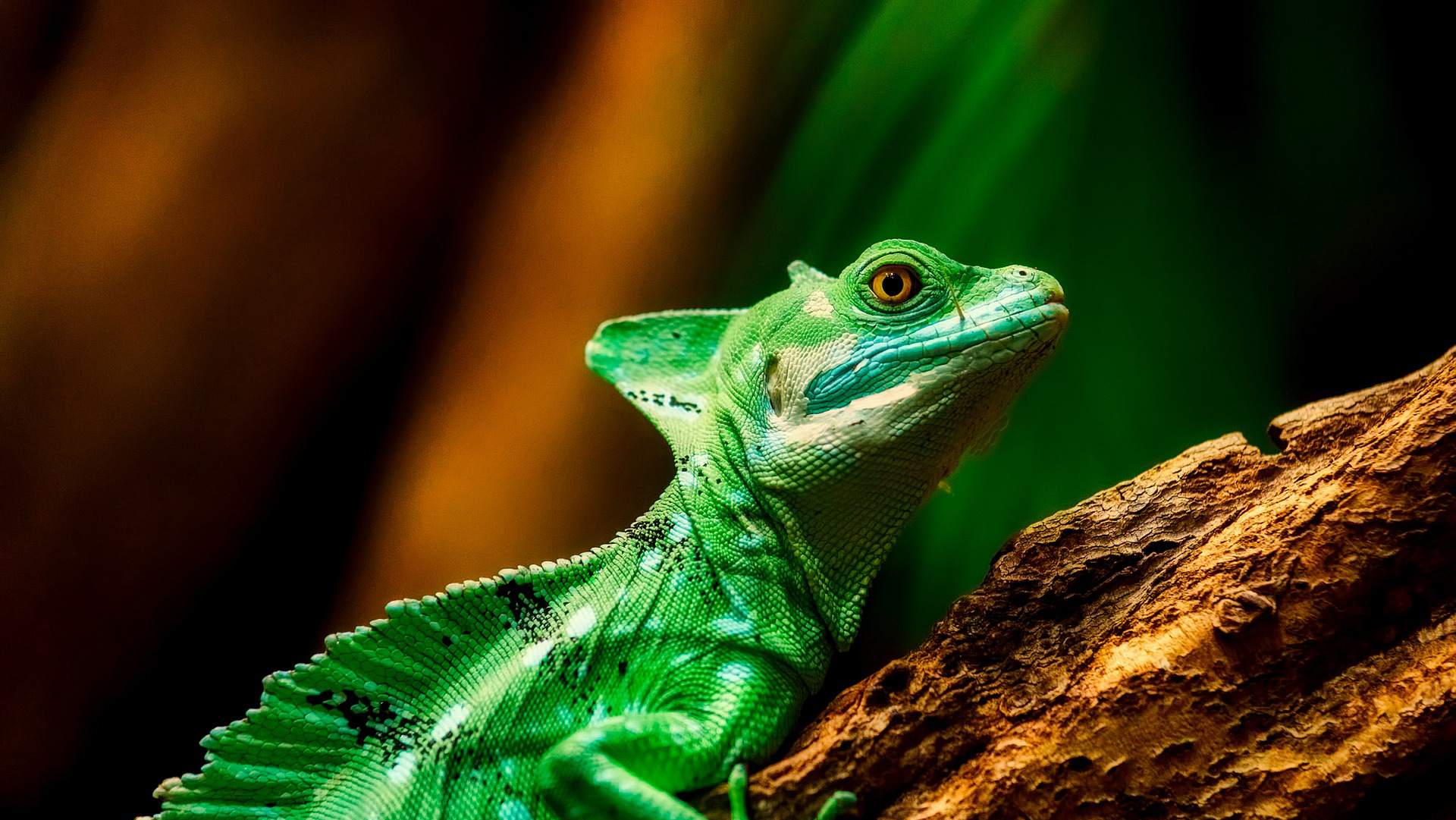Interactive Media Graphics
Rollover buttons: Rollover buttons are links that are used to navigate web pages and have three different stages when being used. The normal stage is what the button looks like when you aren't interacting with it at all which is normally text over on the button with the background matching the colour of the website. The nest stage is the over stage which is when you hover over the button which is normally shown as the background of the button changing colour and the text colour changes to be visible on the new background. The final stage is the down stage which occurs when you press the button and normally doesn't look very different to the over stage as they normally just add a coloured border around the edge of the button to show that the button has been pressed.
Navigation bars: Navigation bars are a collection of buttons at the top of a website that can be pressed and used as links to navigate different parts of the website or clicked to reveal a navigation menu.
Hyperlinks: Hyperlinks are buttons on a website that send you to different parts of the website or other websites, also websites can be sent as links if you want to show other people the website. The website's link appears as the url at the top of the website which you can send to other people as a link.
Navigation menus: Navigation menus are normally drop down menus that appear when you hover over navigation bars on the website giving you a list of options to do with the original button. For example they could have a drop down menu for clothing with specifics like hoodies or jackets.
Animated graphics: Animated graphics are normally very short and are used by professional companies who can pay a designer to create an animated graphic for their website. They are often in the GIF format.

Graphic design
Colour theory: The colour wheel is a wheel of colour that comprised of primary, secondary and tertiary colours and is used to show off some techniques, for example colours on opposite ends of the circle are called complimentary colours and work well together (Orange and Blue, Yellow and Purple). The techniques that it helps present can help artists create graphics that people would find aesthetically appealing because of the way they used the various techniques.
Visual communication: Visual communication is how artists use images to get an idea across which can be done through colour choices, putting letters together to make shapes and hiding images in other images, these can be seen in logos like FedEx or Toblerone.
Typography: Typography is how different fonts can help with logos, for example the Disney logo is just "Disney" written in the Waltograph font, which is modelled after Walt Disney's signature, and without that font people wouldn't recognise it as a logo.

Layout and composition: Layout and composition is important when designing logos as the artist needs to think about where people will look first. Different techniques can be used to help with this such as the rule of thirds which uses a 3x3 grid to to show where a viewer would look at as there are focal points around the corners of the middle square which which are the main places in images or pictures where things happen.

Through the use of these different techniques you can make aesthetically appealing images that have complementing colours or that uses the rule of thirds to help make the image less cluttered and compressed with a good font in order to convey the message you are trying to communicate with people looking at the picture. For example this image is aesthetically appealing, the use of the rule of thirds lets you focus on the main flower makes the rest of the image feels less cramped and more spacious. There are also lots of colours of bright, vibrant colours which fits with the theory that colours that are net to each other on the colour wheel make appealing images.

